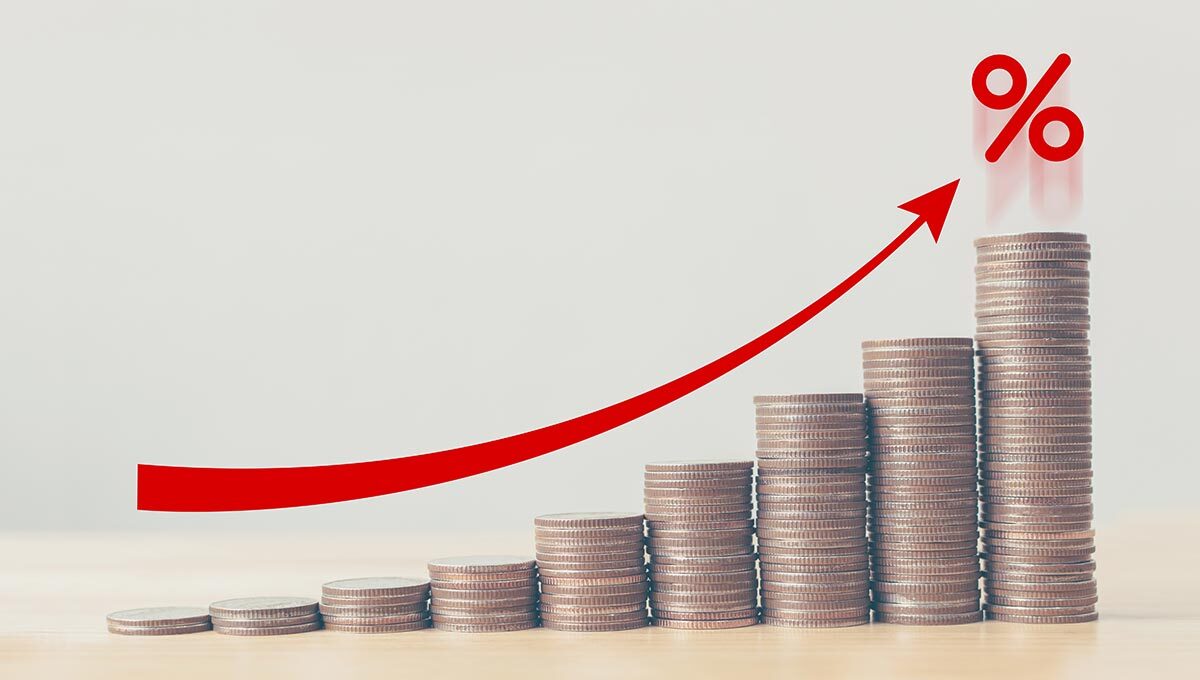- Market Data Approach
- News
BOJ's Lifting of Negative Interest Rates Nears - Investors Prepare in Earnest

[Nikkei QUICK News] Trading is picking up in the financial markets in anticipation of the Bank of Japan's (BOJ) lifting of negative interest rates. Behind this move is the perception that the most recent statements by the BOJ governor and deputy governor are "groundwork" for policy revisions. In the interest rate swap market, where fixed and floating rates are exchanged, there has been noticeable movement since the previous week to prepare for a possible rise in short-term interest rates. This reflects the market participants being on "high alert."
BOJ Governor Kazuo Ueda stated on December 7 that "the period from the end of the year and moving into next year will be even more challenging." BOJ Deputy Governor Ryozo Himino touched on the impact of the "exit" from monetary easing on the economy in a speech on December 6. Many consider both of these statements to be "important signals" toward monetary policy normalization. Mari Iwashita, chief market economist at Daiwa Securities, changed her forecast for the lifting of negative interest rates from next April to next January.
The Tokyo Term Risk Free Rate (TORF), the successor to the Japanese yen London Interbank Offered Rate (JPY LIBOR), reacted immediately to speculation that the BOJ would lift negative interest rates sooner than expected. The TORF is calculated using transaction data related to the Overnight Index Swap (OIS), which is an interest rate swap based on the uncollateralized overnight call rate. It is calculated only when there is an actual trade in the OIS market or when a broker quotes a rate based on the assumption that a trade will be executed.
The TORF with a 3-month trading period had a rate of -0.01% at the end of November. However, it turned positive on December 6 and quickly jumped to the 0.02% level on December 8, reaching its highest level since the start of publication in April 2021. A Japanese financial institution official stated, "In the OIS market, trading that involves paying the fixed interest rate and receiving the floating interest rate increased sharply from December 7 to December 8." The BOJ governor's statement is likely to have triggered a predominant move to build up holdings that will benefit when negative interest rates are lifted, contributing to the rise in the 3-month TORF.
The market's readiness for higher short-term interest rates is reflected in data from the Japan Securities Clearing Corporation (JSCC), which guarantees the settlement of financial derivatives. The outstanding balance of cleared interest rate swaps (on a notional principal basis; two years or less) announced by JSCC reached JPY11.1214 trillion on December 7. This is the highest level since October 2018, and the third largest since the start of clearing of interest rate swaps in 2012. It is assumed that market participants, sensing the imminent lifting of negative interest rates, moved to trade on a large scale.
A closer look at the changes in TORF reveals that financial institutions have been steadily preparing for the BOJ's normalization of monetary policy. As TORF is calculated based on the OIS trading data, it uses the previous day's value when no appropriate data is available. According to QUICK Benchmarks, the source of the calculation, a change in the percentage of days on which the calculation is actually performed "indicates changes in the degree of trading activity (in the OIS market)."
The number of business days on which the 3-month TORF was calculated increased to15 in November from 10 in October. The BOJ decided to make its yield curve control (YCC) more flexible at its Monetary Policy Meeting on October 30-31, and there is a growing perception that "the exit is steadily approaching" (economist at a Japanese securities firm). Under such circumstances, financial institutions are assumed to have been hedging against a rise in interest rates before the lifting of negative interest rates became a real possibility. In December, TORF has been calculated on 6 out of 7 business days as of the 11th, indicating that preparations have become even more active in recent days.
According to a survey of BOJ watchers conducted by Nikkei QUICK News (NQN), 26, or 92% of them, expect the BOJ to make some policy revisions by the end of 2024. The most common response was "lifting negative interest rates," with 24 respondents (multiple responses allowed). Six of them expect the lifting to take place "between January and March 2024." In the bond market, there are indications that an increasing number of investors are cautious about purchasing short-term bonds, which are susceptible to the impact of monetary policy. Action in anticipation of turbulence after lifting negative interest rates is steadily advancing.
(Reported on December 12)
For more details about TORF
https://corporate.quick.co.jp/en/torf/
QUICK

Since its founding in 1971, QUICK has become Japan's largest financial information vendor, and has developed an information infrastructure that supports Japan's securities and financial markets. It delivers high-value global market information from a fair and impartial perspective to a wide range of customers including securities firms, banks, institutional investors and corporations.
See More
